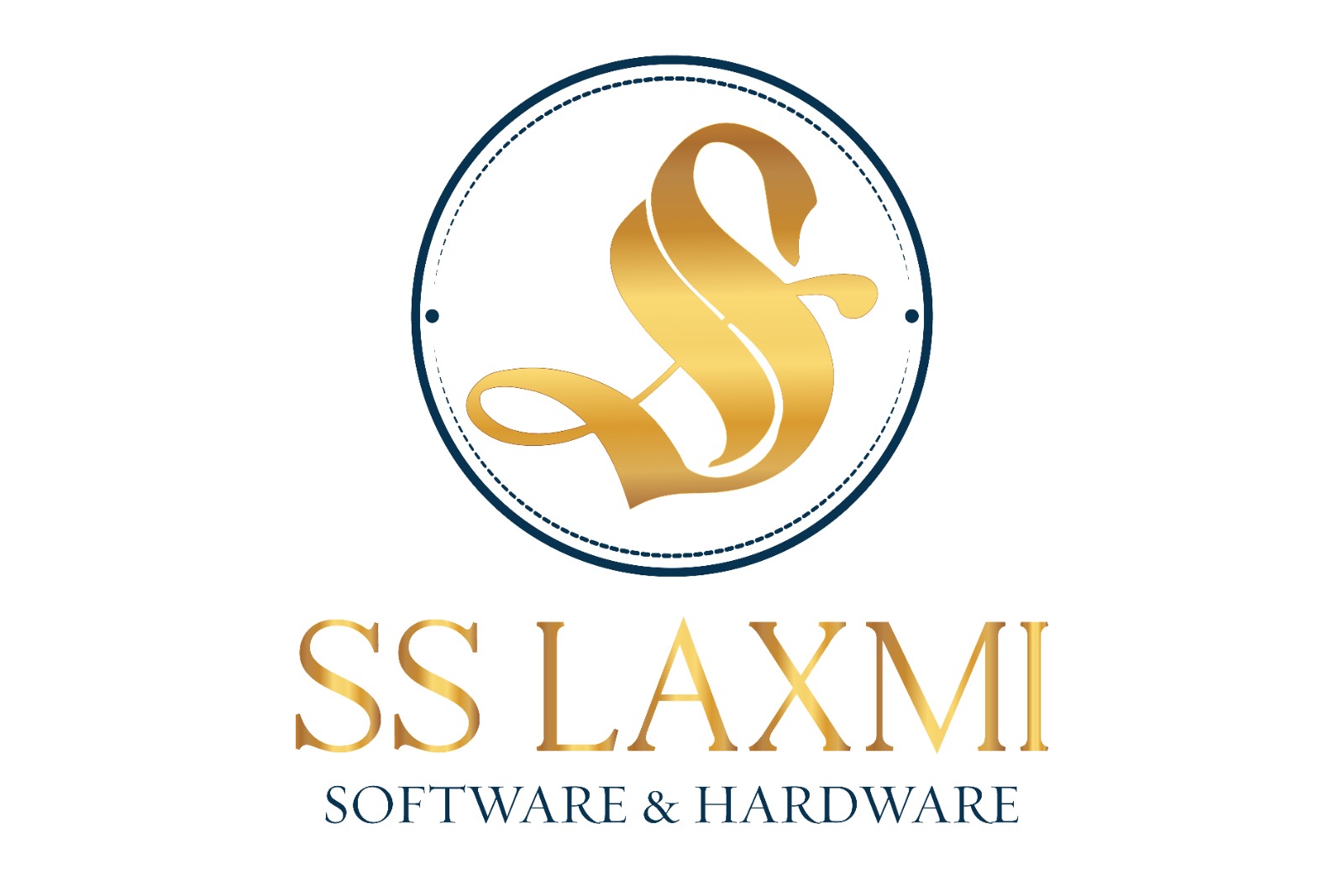Having a document management plan simplifies processes, enables better collaboration, helps businesses follow guidelines, protect information and also save money. Implementing a document management system improves customer service as clients can find what they need quickly.
The primary features of a document management system are an integrated repository, organization using classifications and templates such as search capabilities, digital workflows for documents. It also allows multiple users to work on documents simultaneously with real-time updates and allowing annotations. It also keeps a record of revisions and edits and enforces review time periods and obsolescence regulations.
It is crucial to carefully plan the implementation of document management to ensure that your company has the most efficient and efficient workflows. Start by examining how different departments handle documents to identify bottlenecks and inefficiencies. It’s also important to identify the type of files you’ll be handling. This will help you decide what is the best document-management solution for your company. You can also decide whether you need cloud or on-premises solutions.
Next, you will need to create a strategy to create a consistent process that allows your team to streamline and automate their tasks that are centered around documents. This will include finding the best file structure and name conventions for every type of document, and also common index fields that can be utilized in conjunction with related documents like invoices, delivery tickets or purchase orders. It is possible to begin designing a user interface which only displays the required elements by the specific roles.
https://dataroomservice.blog/the-future-of-board-meetings-integrating-virtual-board-rooms/
